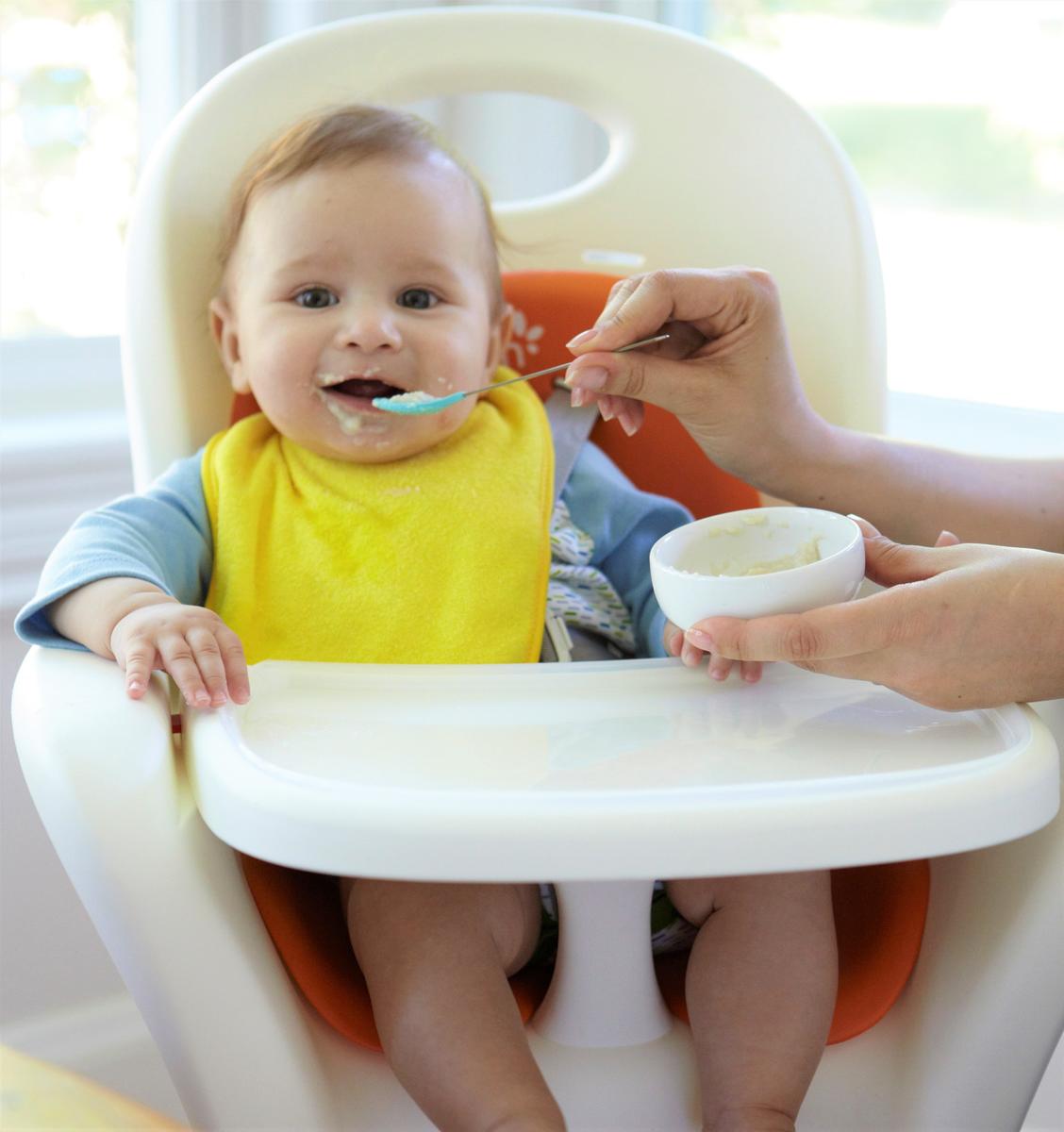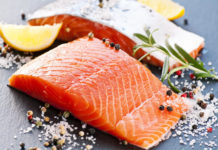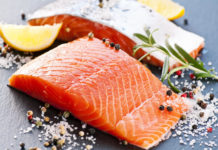
When your pediatrician gives you the go-ahead to introduce solids to your baby, usually around 4-6 months, one of the most popular first foods is baby cereal. These mushy, soft concoctions can be made with a variety of different ingredients, including rice, barley, oats, and mixed grains. They help satisfy a baby’s growing appetite, and they provide critical nutrients such as iron. Here are three things parents should know about baby cereal.
Baby Cereal Provides Much-Needed Iron
Iron is critical for healthy brain development, says Erin Quann, Ph.D., R.D., director of nutrition research at Gerber. The nutrient is especially important for breastfed babies since breast milk contains very little. Just two 1/4-cup servings of iron-fortified infant cereal (oatmeal, rice, barley, or mixed grains) deliver most of your baby’s daily iron needs. Infant cereal also provides other nutrients, such as zinc, calcium, and vitamins B, C, and E.
It Can Be a Teaching Tool
Once your baby adapts to the mushy texture of baby cereal, you can gradually make it thicker by adding less liquid (breast milk or formula). The familiar bland-tasting flavor guarantees eager eating, while the thicker textures help your baby learn how to chew and swallow. Thickened baby cereal also has potential health benefits: Babies with gastroesophageal reflux (GERD) or dysphagia need their food to be thicker in order to swallow safely.
What’s more, the semi-solid texture of baby cereal serves as a stepping stone for other finger foods, such as softened fruits, vegetables, and meats. Your baby may have an easier time starting solids if she tries baby cereal first.
Baby Cereal is Safe to Eat
A recent study found that baby rice cereals contain an average of six times the level of arsenic as other grain cereals. It’s still fine to serve them in moderation because they’ve passed FDA safety requirements, says Frank Greer, M.D., professor of pediatrics at the University of Wisconsin School of Medicine and Public Health. But if you’re concerned, skip rice-based products: Other varieties—like barley and mixed grains—deliver the same iron-rich benefits.
The Food and Drug Administration (FDA) and American Academy of Pediatrics (AAP) also said that oatmeal is an effective alternative. This thickening agent will give Baby's food the heft it needs to go down, without the toxic carcinogens. And because oatmeal is not a member of the wheat family, it's safe for kids with celiac disease—though for added security, doctors suggest sticking with oatmeal products labeled as gluten-free. Experts admit that you'll probably need to play around with different oatmeals to arrive at a just-right consistency, and if your infant is drinking oatmeal baby cereal from a bottle, you may need to try different nipples, too. "Consultation with feeding specialists who can provide specialized assessment often is needed," according to the AAP.





